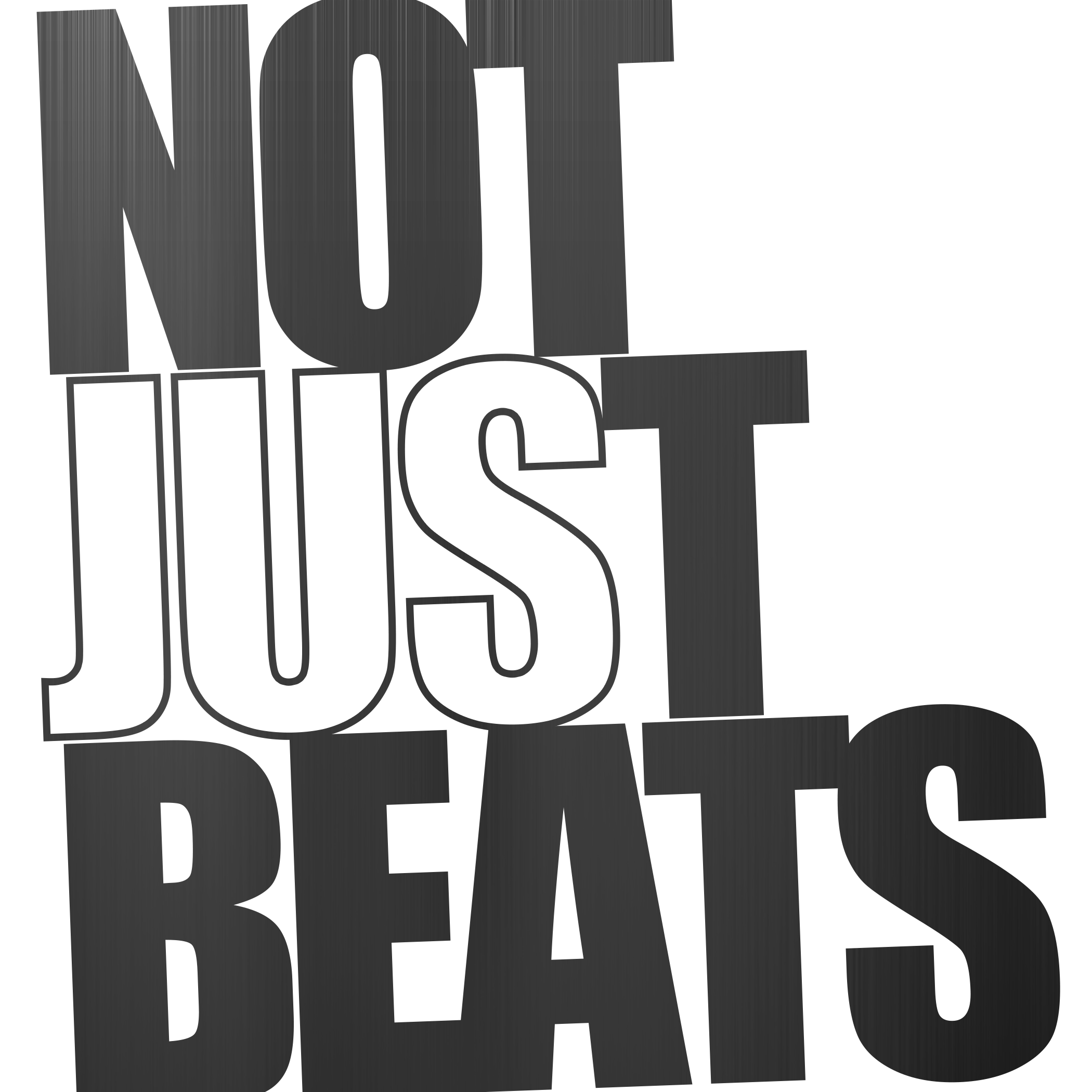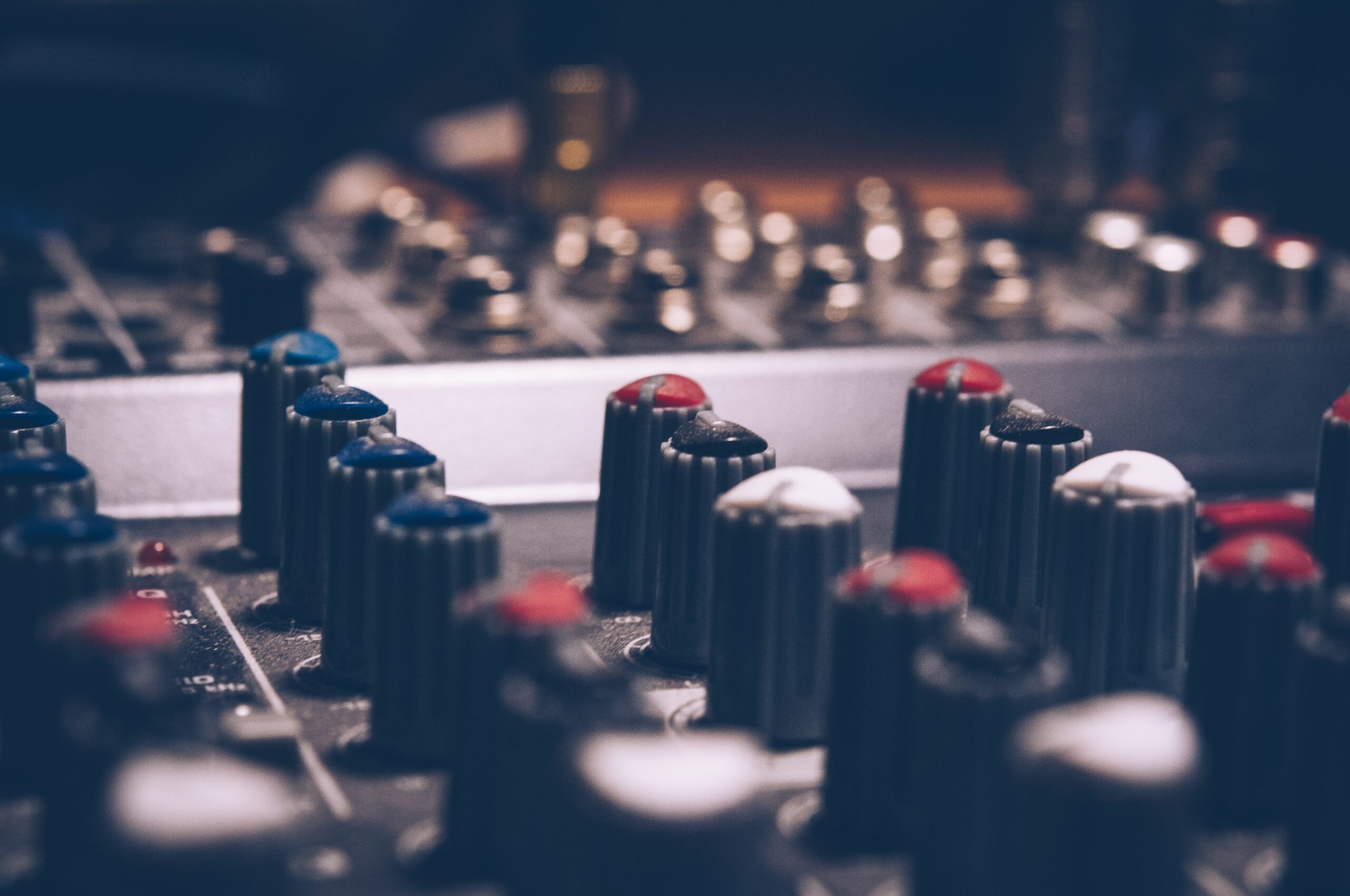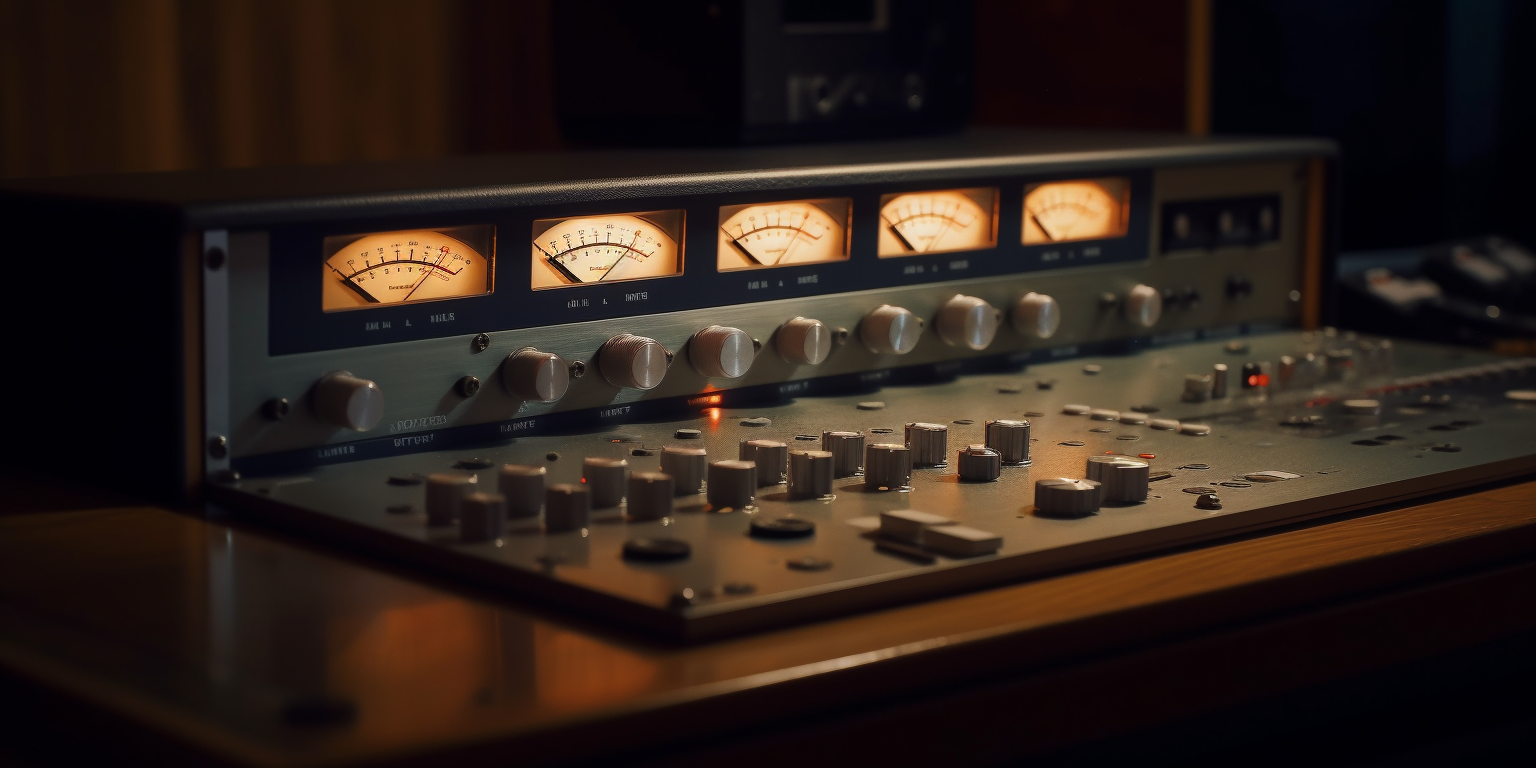Why we use EQ
Correct frequency imbalances in individual tracks
Create separation and clarity between different instruments or elements in a mix
Add warmth, brightness and character to individual tracks or the overall mix
Types of EQ
Parametric EQ: allows you to adjust specific frequency ranges by setting parameters such as center frequency, bandwidth, and gain. Parametric EQs are highly flexible and versatile, and are the most commonly used type of EQ in audio mixing.
Graphic EQ: uses a set of fixed frequency bands with fixed bandwidths and gains. Graphic EQs are less flexible than parametric EQs, but can be useful for making broad adjustments to the overall tonal balance of a mix.
EQ Controls
EQ controls vary but most EQs have the following controls:
Gain: adjusts the overall level of the selected frequency range.
Frequency: sets the center frequency of the selected frequency range.
Bandwidth or Q: adjusts the width of the selected frequency range.
Some EQs may also have additional controls such as high-pass and low-pass filters, shelving filters, and more.
EQ Techniques
Low-cut filter:
cuts frequencies below a certain point, typically around 80Hz, to remove low-end rumble and create more space in the mix.
High-pass filter: cuts frequencies above a certain point, typically around 16kHz, to remove high-frequency noise and hiss.
Notching: cuts a narrow frequency range to remove resonant frequencies or feedback.
Boosting: adds gain to a specific frequency range to emphasize certain elements in a mix.
Subtracting: reduces gain in a specific frequency range to remove unwanted elements in a mix.





